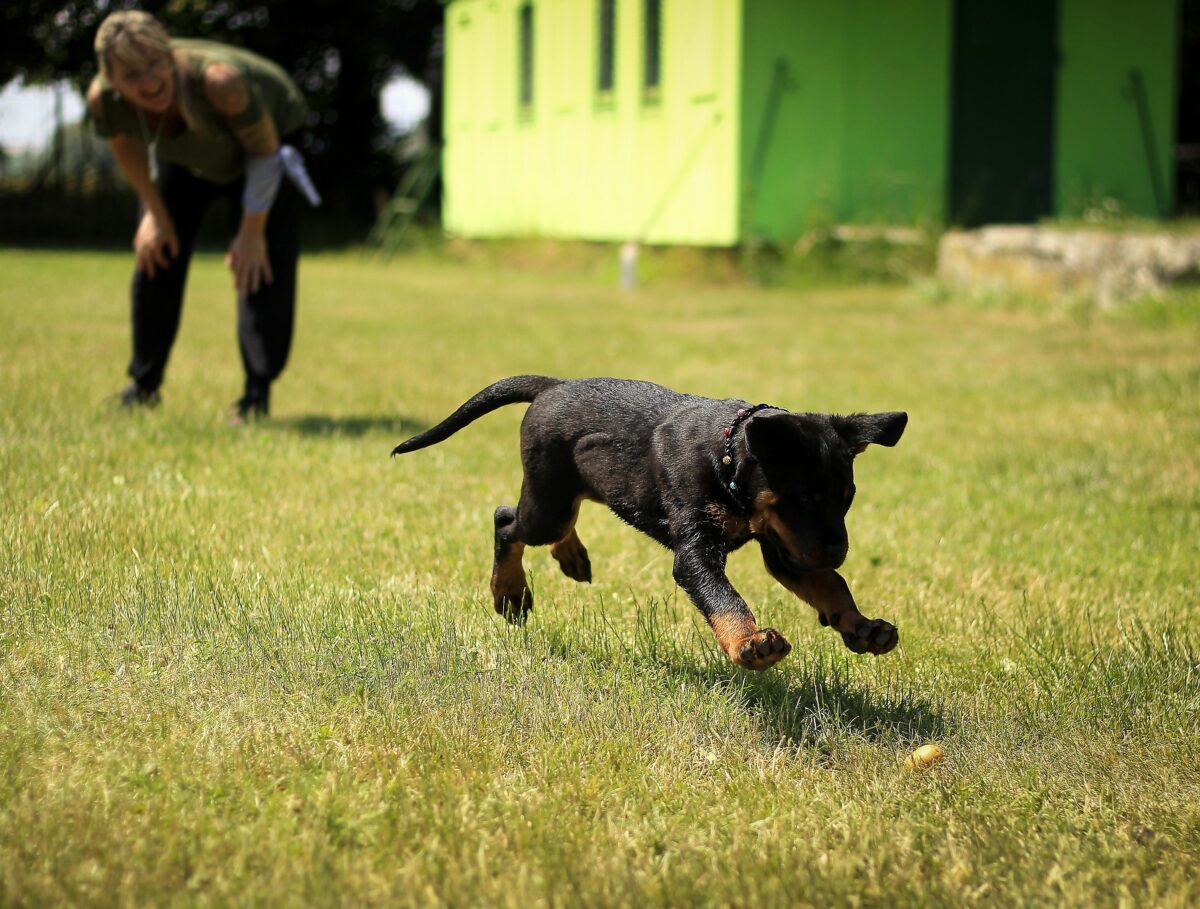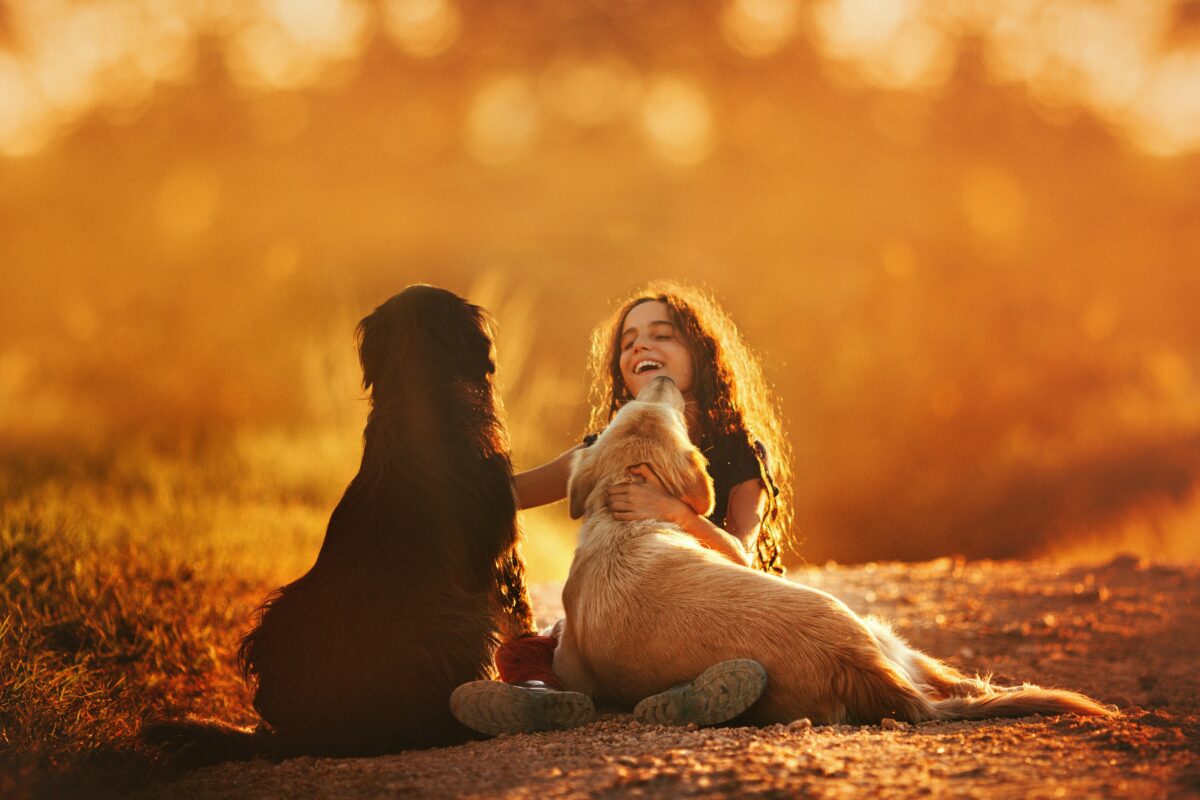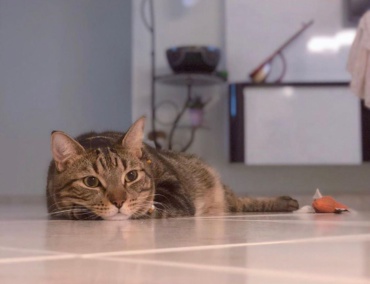Pet training can come in many different varieties—from basic toilet training, to complex tricks and skills that will make your furkid impress your family and relatives. Today we will be sharing some information on the importance of pet training.

Your pet can make more friends.
This is relevant to your ordinary pet influencer—be it a dog influencer or a cat influencer—or just an active, friendly furkid who is eager to expand its social circle. Bringing your pet outdoors, going to pet events, and even just bringing another furkid home (temporarily or permanently) requires your pet to be able to handle the unfamiliar situation of meeting new people and animals. If your pet have had adequate training in staying calm, non-aggressive and approachable when meeting new friends, it will be a delight to bring your pet out as not only will you find it enjoyable, your pet will feel the same way too. In contrast, fear or aggression towards strangers will give you little choice but to narrow your pet’s chances of meeting new furfriends.

A well-trained pet means encountering less danger.
Training your pet to stay calm and close to your side is essential, but most pet owners might not realize it till its too late. Often, your pet might be very curious and sensitive to new situations and triggers, such as loud sounds or going to a new environment. Even your most well-trained pup may be tempted to follow a stranger home without you noticing sometimes! Thus, it is important to train your pet to stay by your side at all times, even if it’s just the basic “heel” trick that ensures that your pet walks at your pace, and stops when you stop on a walk. Your pet will know to follow your instructions, and will be prevented from encountering more danger outdoors.

You will have an easygoing pal in the household!
Last but not least, a well-trained pet also means a much more comfortable experience at home. Your pet will be less prone to causing damage at home (broken and bitten furniture), and/or causing unnecessary distress to your family and neighbours. Remember that pet training comes in all aspects; even the basics, such as eating a meal properly and regularly will require some form of discipline and training for all pets!
While there are many different styles and forms of pet training, do remember that pet training should also not necessarily be tough and uncomfortable for your pet. It is important to seek advice from other pet owners and professionals, and if your pet seemed to be experiencing discomfort from the training, it is best to switch to other methods or even a different professional trainer.











